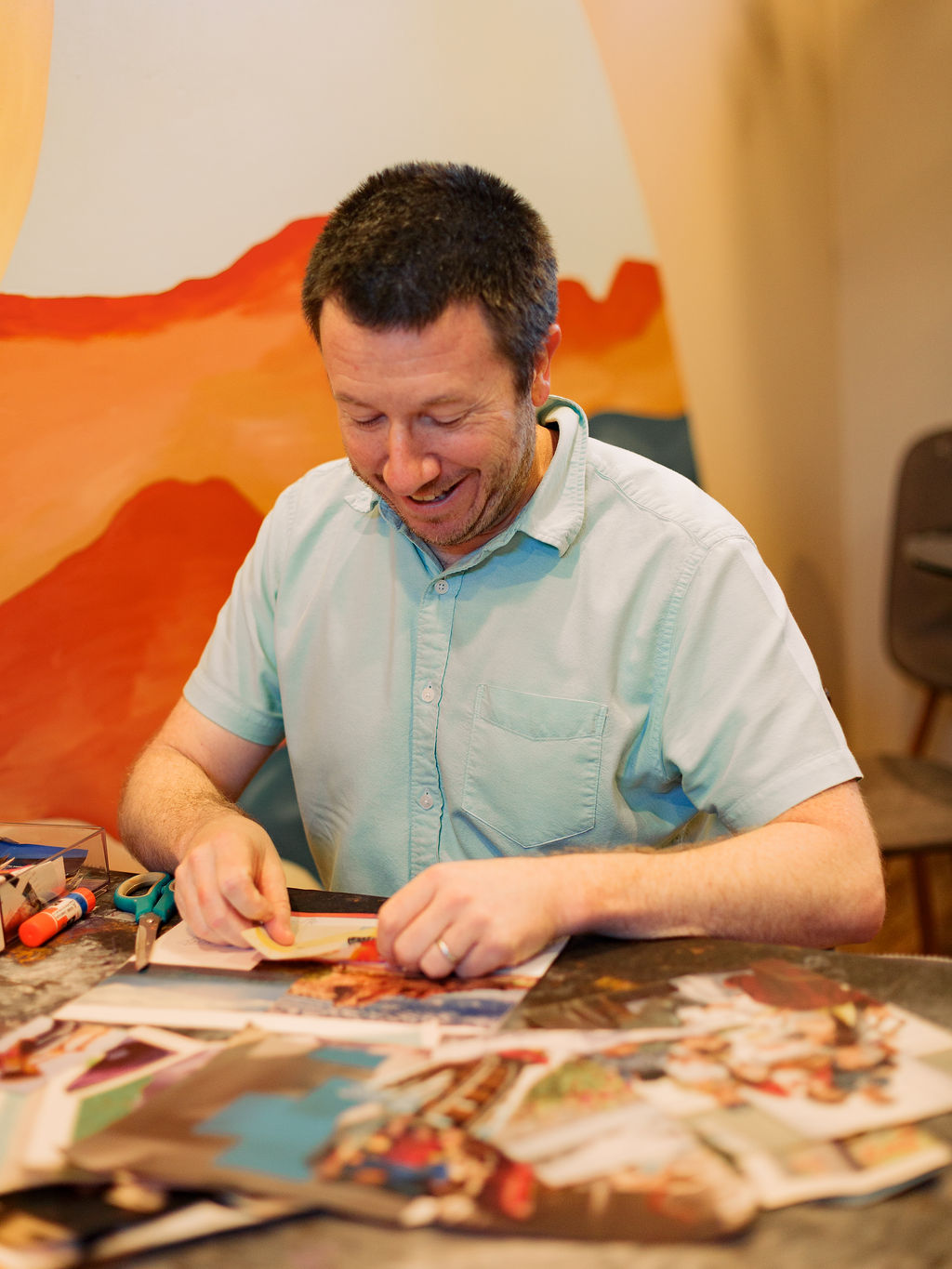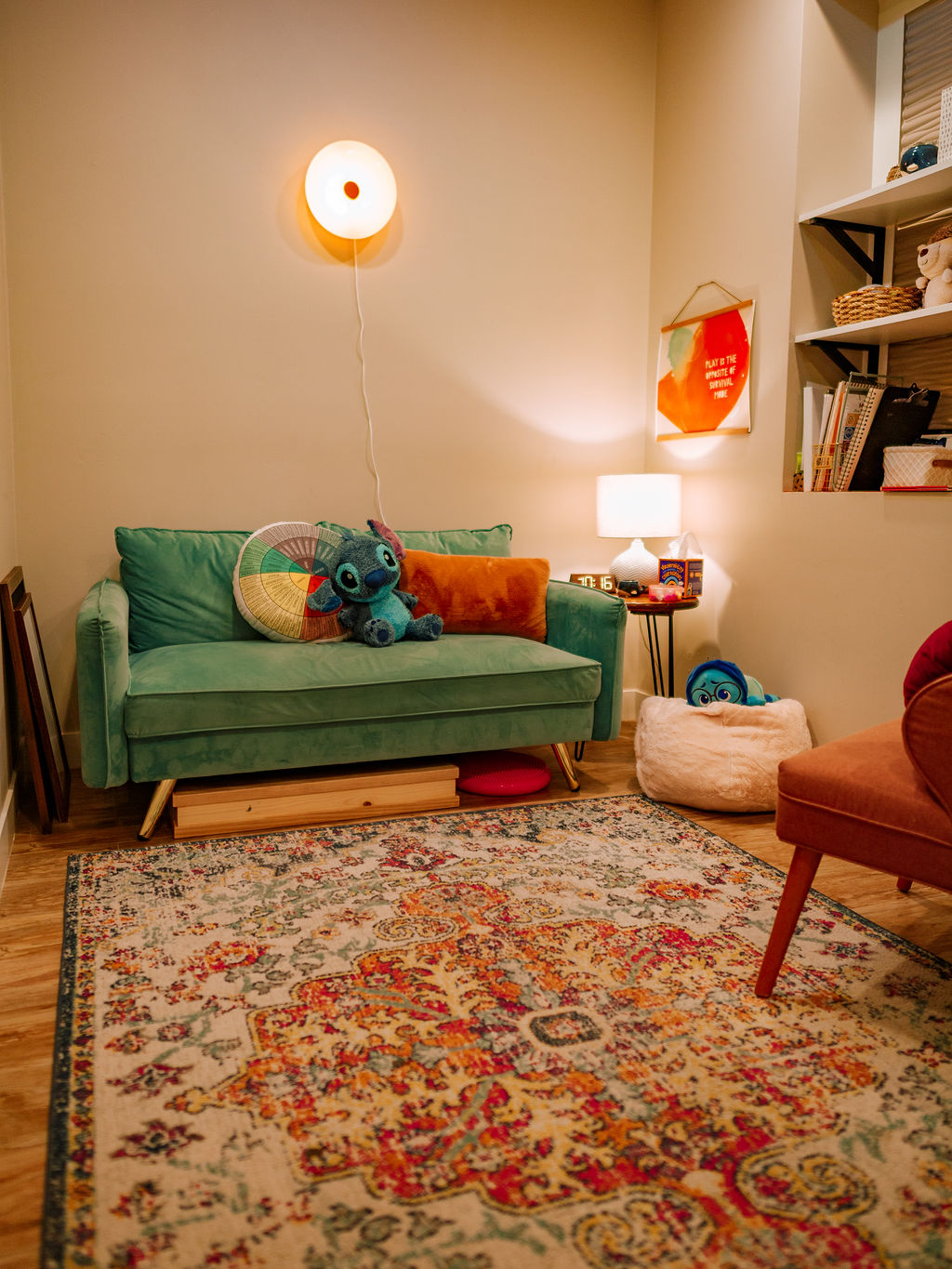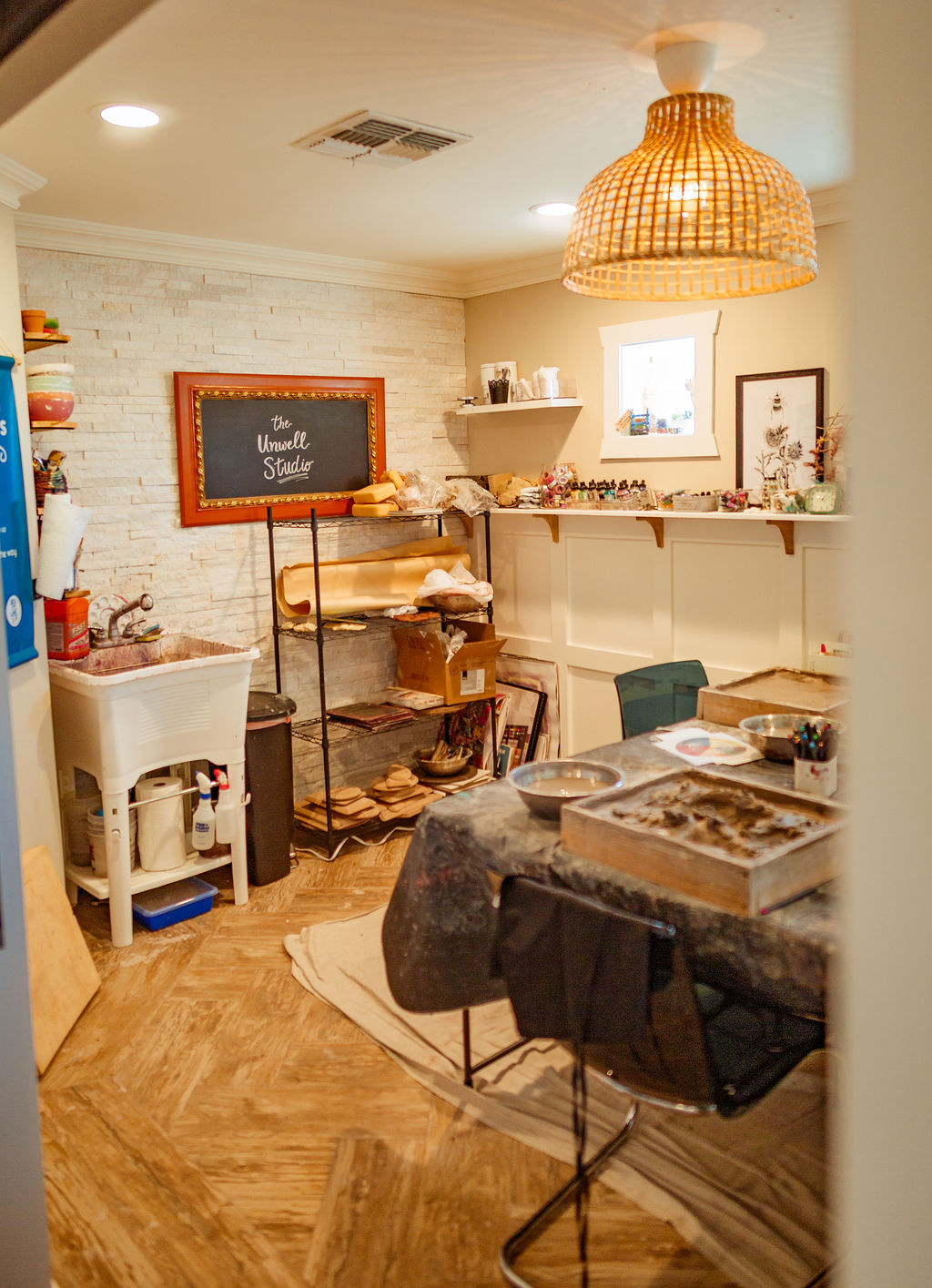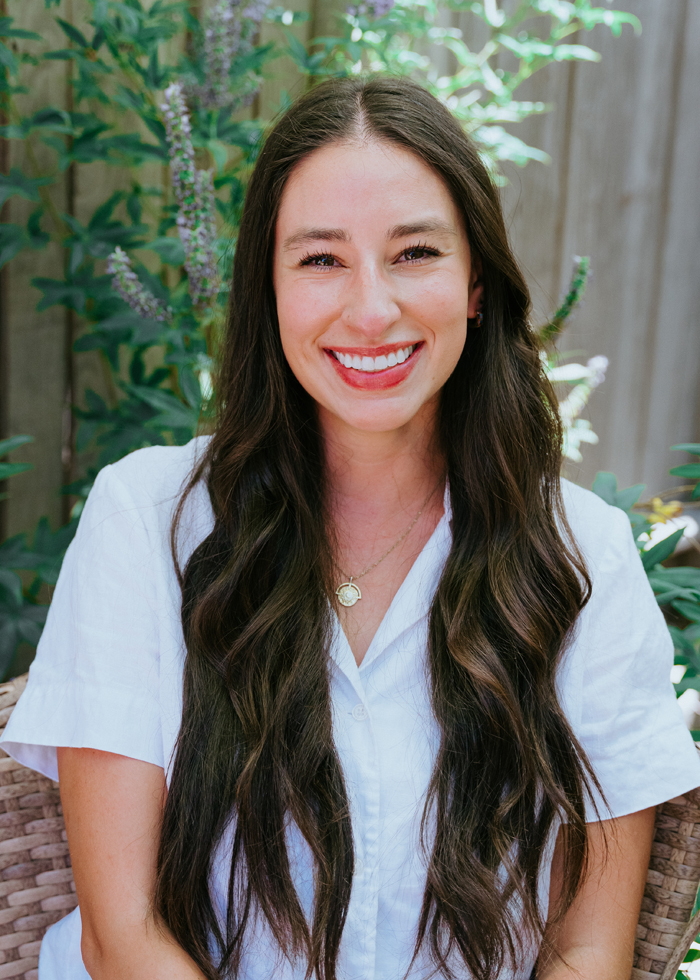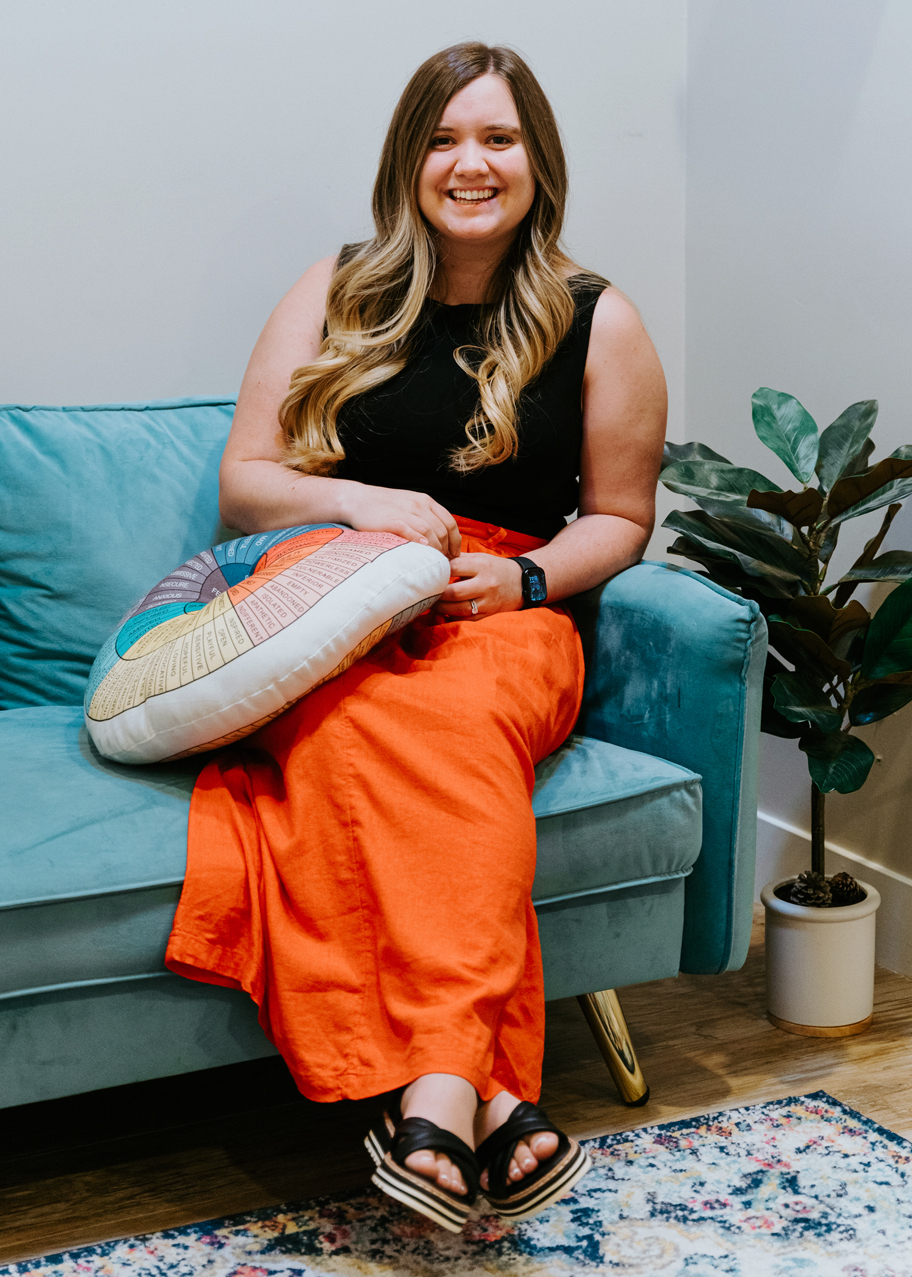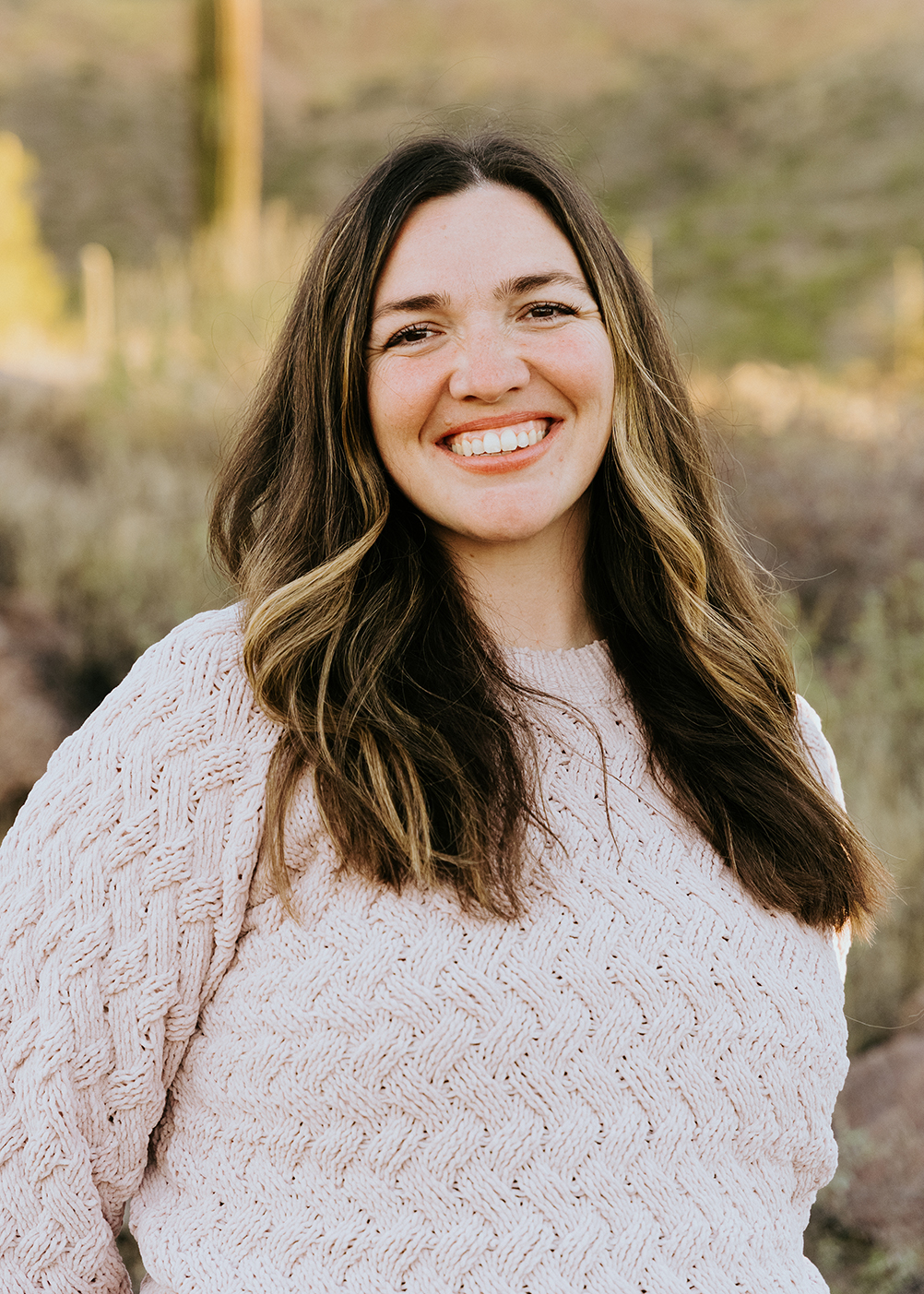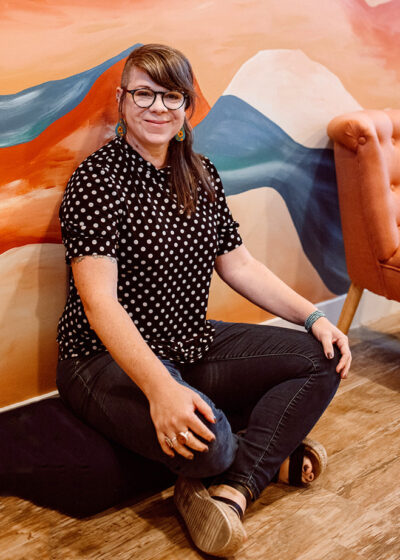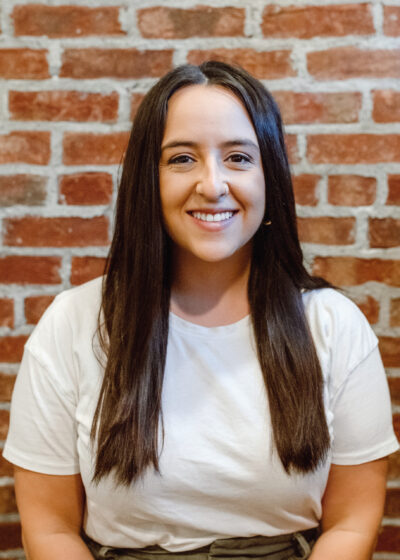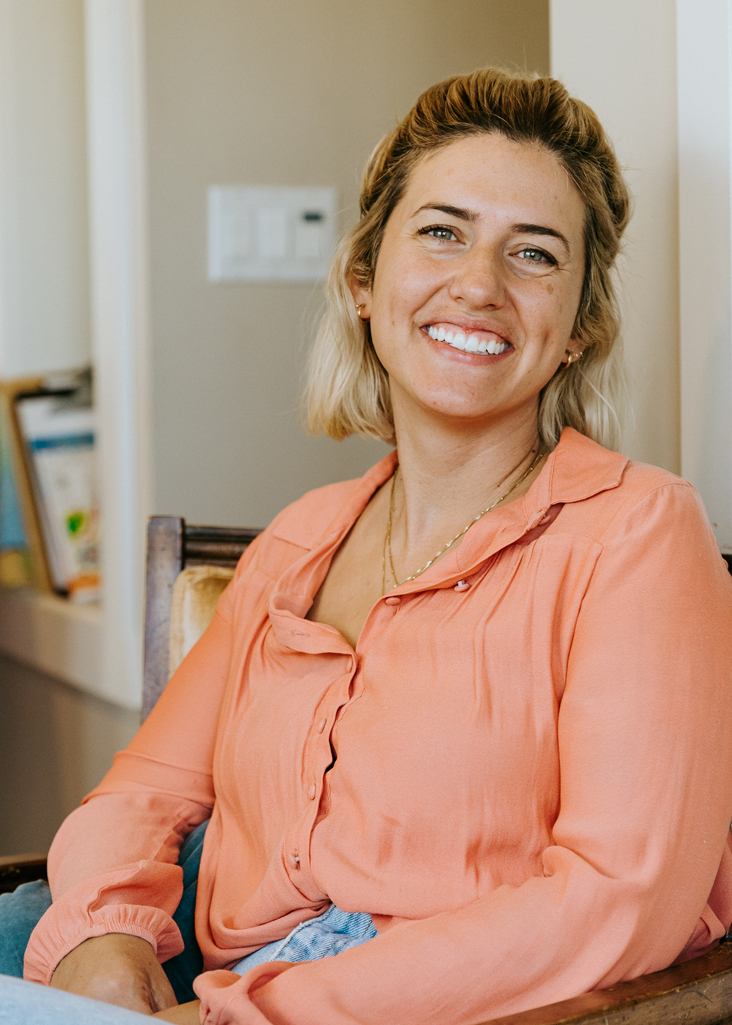OCD and High Anxiety
Anxiety is a human response. When the anxiety becomes more than we can manage – we are here to help.
You can feel relief and like yourself again.
Imagine the things you would give your energy to if anxiety wasn’t taking it all up?
We treat both high-anxiety individuals and OCD individuals here at the Well.
The difference between high anxiety and OCD may be subtle for some, especially if someone is just starting down their OCD journey. A general rule of thumb is that if the individual is spending an hour or more per day sitting with obsessions and compulsions, it’s worth doing some evaluations.
Other signs may include rigid thought patterns (if only I could get this JUST right, then everything would be okay), a feeling of “needing” to engage with the obsessions or compulsions. Additionally, OCD triggers are usually linked back to the obsession whereas generalized anxiety may be more broad.
Yes! By the way, you are not alone. For many, this is a confusing path. Your trained clinician at The Well is happy to work with you on your anxiety and help to get you more informed on what OCD may present like in your life.
The Yale-Brown Obsessive Compulsive Scale (Y-BOCS) is a standardized rating scale used to interpret your symptoms to decide whether what you are experiencing is more likely to be OCD or anxiety. This test is both self-reported and clinician-administered and is considered the gold standard for measuring OCD.
Talk therapy is of course helpful for OCD but studies indicate without specific behavioral techniques, treatment may not be as effective. Exposure Response Prevention Therapy is considered the gold standard for treating OCD, with nearly 70% of those suffering from OCD experiencing significant progress when doing ERP (in conjunction with talk therapy) with a clinician who has training in ERP.
The exposure side of therapy involves deliberately exposing the client to thoughts, objects, and situations that trigger anxiety. While the client is facing the fear, the clinician will go through a line of questions to determine whether the client is utilizing their compulsions to alleviate the anxiety. The goal is to sit with anxiety and discomfort rather than perform rituals designed to decrease its power or “neutralize the OCD”
The client and clinician start with low-grade fears and gradually work their way up to more distressing situations. ERP can be challenging at first, but over time the brain is rewired to handle these situations without relying on compulsions, and this builds confidence in the client. Over time, the client will have the self-belief to face their fears without the interference of needing to repeatedly perform compulsions.
OCD does not stay in neutral very often. It is either being worked on, or it’s worsening. Learning skills needed to address OCD, and doing some of the ERP work as early as possible is the best approach. It is common for our clients to come in feeling like their OCD is mild, but as we start working together, it becomes clear there’s more disruption to normal life than once anticipated.
For other people, they are further along in the process and have long lists of disruptions to their everyday life because of OCD. As a rule of thumb, the longer we leave OCD to its own devices, the more rigid the “rules” become. Compulsions become more ritualized and difficult to let go of. As time goes on, the fear of catastrophic outcomes becomes stronger and more difficult to face.
- Y-BOC Scale (OCD & Anxiety Assessment)
- Mindfulness-Based CBT
- Exposure Response Prevention (ERP)
- Art Therapy
- Trauma-Informed Care: We are sensitive to co-occurring situations & post-traumatic stress and how that interacts with OCD.
Not sure if this is for you?
Reach out for a free 15 minute consultation to see if this is the right next step.

